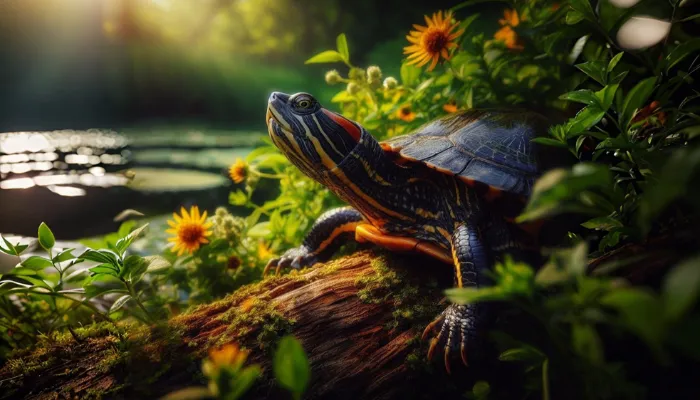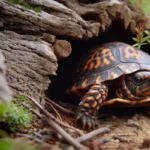Ready to dive into the colorful world of Eastern Painted Turtle?
These vibrant reptiles are popular among nature enthusiasts and pet owners alike.
In this post, we’ll explore their natural habitat, behavior, diet, and the challenges they face in the wild.
By understanding their needs and preferences, we can better appreciate and protect these amazing creatures.
Getting to Know Eastern Painted Turtles
Species Overview: Chrysemys picta picta
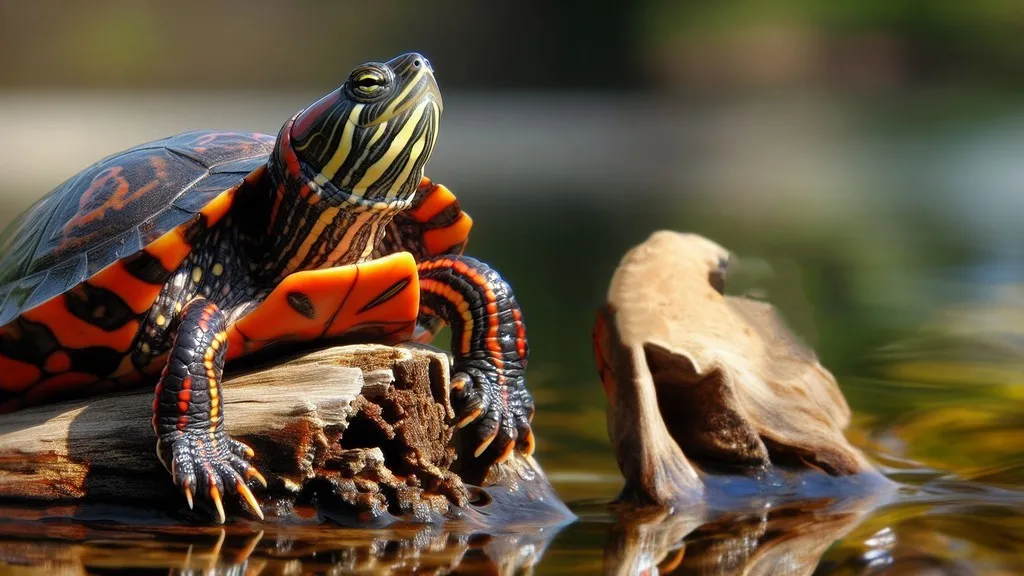
These turtles belong to the Chrysemys picta species and are the most widespread subspecies in North America.
They typically grow to about 5-7 inches in length and can live for 30-40 years in the wild.
Distinctive Features: Recognizing Eastern Painted Turtles
These turtles boast unique physical characteristics, including:
- Colorful markings on their head, neck, and legs
- Smooth, flat shells with intricate patterns
- A red or orange stripe along the edge of their shell
Range and Distribution: Where Eastern Painted Turtles Live
Eastern Painted Turtles inhabit the eastern United States and southeastern Canada.
They’re commonly found in the Great Lakes region, the Atlantic seaboard, and the Appalachian Mountains.
Their Natural Habitat
Aquatic Environments: Lakes, Ponds, and Wetlands

These turtles thrive in slow-moving bodies of water with abundant vegetation, such as:
- Lakes
- Ponds
- Marshes
- Wetlands
Basking Spots: Importance of Sun Exposure
Sunlight plays a crucial role in the life of an Eastern Painted Turtle.
They rely on the sun for:
- Thermoregulation
- Shell health
- Metabolism
They prefer basking spots with easy access to water for a quick escape from potential threats.
Shelter and Hiding Places: Staying Safe in the Wild
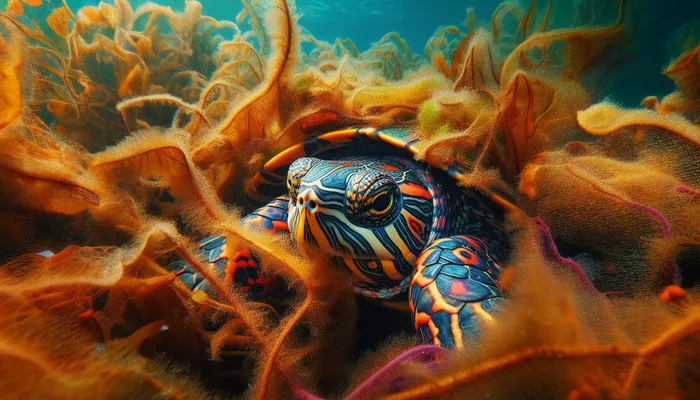
Eastern Painted Turtles utilize various hiding spots and shelters in their natural habitat, such as:
- Underwater vegetation
- Muddy bottoms
- Rock crevices
Behavior and Lifestyle
Social Interactions: How Eastern Painted Turtles Communicate
These turtles are relatively social creatures, interacting with other turtles through:
- Visual displays
- Tactile cues
- Vocalizations
However, they can also be territorial, especially during mating season.
Feeding Habits: Diet in the Wild
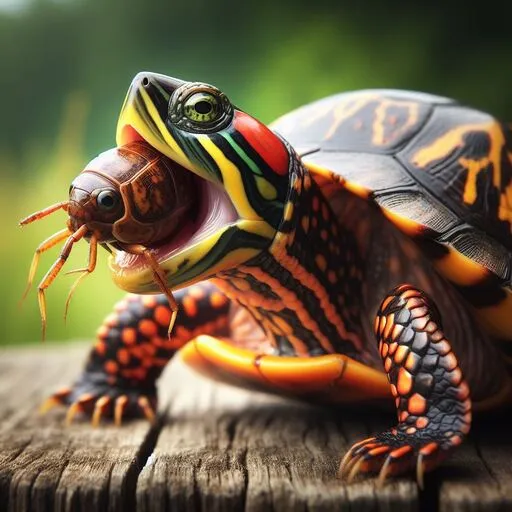
These turtles enjoy a diverse diet, consisting of:
- Aquatic plants
- Insects
- Small fish
- Crustaceans
Reproduction and Nesting: Life Cycle of Eastern Painted Turtles
The reproductive process involves.:
- Courtship and mating
- Nesting and egg-laying
- Hatchling development
Females typically lay their eggs in sandy or loamy soil near their aquatic habitat.
Seasonal Activities: These Turtles Throughout the Year
Spring: Mating Season and Basking
As temperatures rise in spring, these turtles become more active..
Mating season begins, and turtles can often be seen basking in the sun to warm up after the winter months.
Summer: Nesting and Foraging

During the summer months, female turtles lay their eggs and then return to the water.
Both male and female turtles spend their time foraging for food and basking in the sun.
Fall: Preparing for Hibernation
As temperatures start to drop in the fall, Eastern Painted Turtles begin preparing for hibernation.
They increase their food intake and search for suitable hibernation spots.
Winter: Hibernation
These turtles hibernate during the cold winter months, typically in the muddy bottoms of ponds and lakes.
They become dormant and rely on stored energy reserves to survive until spring.
Threats and Challenges
Predators and Natural Enemies: Surviving in the Wild
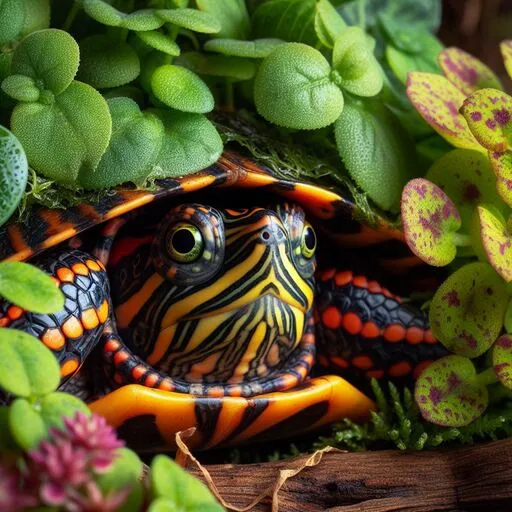
These turtles face various threats in the wild, including:
- Raccoons
- Skunks
- Foxes
- Large birds
They rely on their shell and camouflage for protection.
Human Impact: Pollution and Habitat Destruction
Human activities pose significant threats to Eastern Painted Turtle populations, such as:
- Water pollution
- Habitat loss
- Road mortality
Climate Change: Effects on Their Habitats
Climate change may impact Eastern Painted Turtle habitats through:
- Shifting temperature patterns
- Altered precipitation levels
- Increased frequency of extreme weather events
Conservation Efforts
Protecting Habitats: Wetland Conservation and Restoration
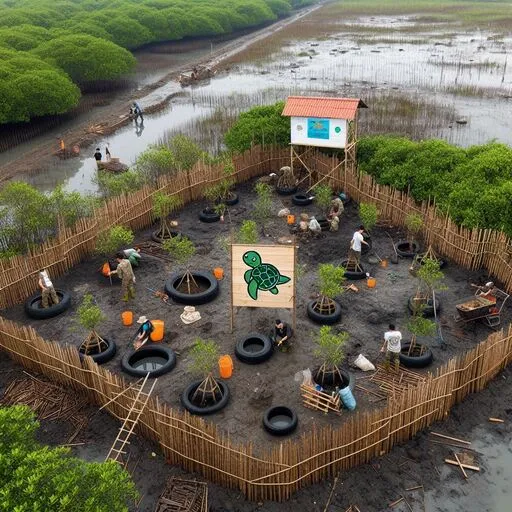
Preserving and restoring wetland habitats is crucial for the survival of these turtles and other wildlife species.
Conservation efforts include:
- Wetland protection regulations
- Habitat restoration projects
- Land management practices
Monitoring Populations: Research and Citizen Science
Scientific research and citizen science initiatives play a vital role in monitoring Eastern Painted Turtle populations and informing conservation efforts.
Examples include:
- Population surveys
- Nesting site monitoring
- Public reporting of sightings
Education and Awareness: Encouraging Coexistence

Public education and awareness campaigns are essential for promoting the conservation of Eastern Painted Turtles and fostering harmonious coexistence with humans.
Key components include:
- Wildlife education programs
- Community outreach events
- Public awareness campaigns
As Pets: Responsible Ownership
Providing a Suitable Habitat
If you’re considering one of these turtles as a pet, it’s essential to recreate their natural habitat as closely as possible.
This includes a large water area, basking spots, and hiding places.
Diet and Nutrition
Offer your pet turtle a balanced diet that closely resembles their natural food sources, including commercial turtle food, fresh vegetables, and live or frozen prey items.
Health and Wellness
Regular veterinary check-ups and proper husbandry practices will help ensure your Eastern Painted Turtle stays healthy and happy throughout its life.
Observing Them in the Wild
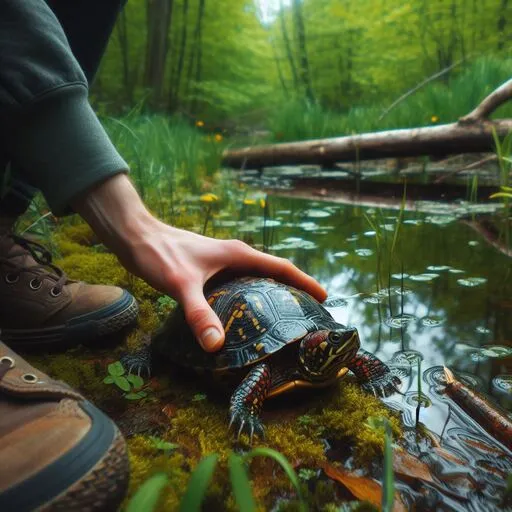
Eastern Painted Turtles are fascinating creatures to observe in their natural habitat.
By knowing what to look for and how to approach them, you can enjoy a memorable experience while respecting their environment.
Where to Spot Eastern Painted Turtles
To find these vibrant reptiles in the wild, search for suitable habitats such as lakes, ponds, and wetlands with abundant vegetation.
Look for basking spots near the water’s edge, where they often rest and soak up the sun.
Best Time to Observe
The ideal time to observe Eastern Painted Turtles is during the warmer months, particularly spring and summer.
In the early morning or late afternoon, you’re more likely to spot them basking or foraging for food.
Approaching Eastern Painted Turtles
When approaching an Eastern Painted Turtle in the wild, it’s essential to be respectful and maintain a safe distance.
Avoid sudden movements or loud noises that might startle them.
Observing them through binoculars or taking photographs from a distance can minimize disturbance and ensure a positive experience for both you and the turtles.
Photographing Eastern Painted Turtles
Capturing stunning images of Eastern Painted Turtles in their natural habitat can be a rewarding experience.
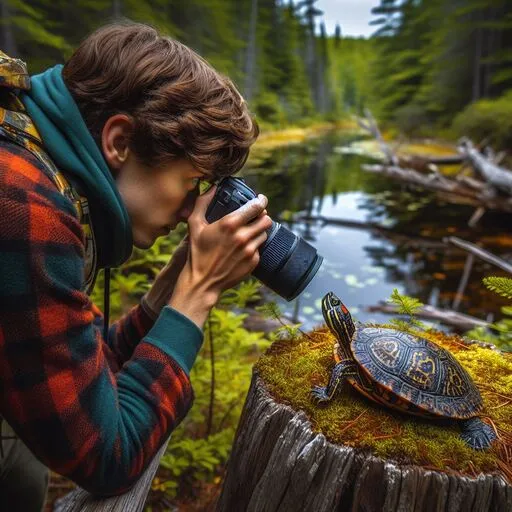
Consider the following tips to enhance your photography skills:
- Use a telephoto lens to get close-up shots without disturbing the turtle
- Be patient and wait for the perfect moment, such as when they’re basking or displaying unique behaviors
- Experiment with different angles and perspectives to capture their vibrant colors and patterns
Responsible Wildlife Observation
When observing Eastern Painted Turtles or any other wildlife, it’s crucial to practice responsible and ethical behavior.
This includes:
- Keeping a safe distance from the animals
- Avoiding feeding or touching them
- Respecting their habitat and minimizing your impact on the environment
- Reporting any injured or distressed turtles to local wildlife authorities
By following these guidelines, you can enjoy memorable encounters with these turtles while contributing to their conservation and well-being.
Conclusion
In conclusion, conserving these exquisite animals for future generations requires an understanding of the natural environment and behavior of Eastern Painted Turtles.
From observing them in the wild to supporting ongoing conservation efforts, we can better appreciate their special features and ensure their survival.
Let us honor and preserve Eastern Painted Turtles in their natural habitat!
